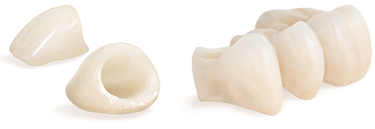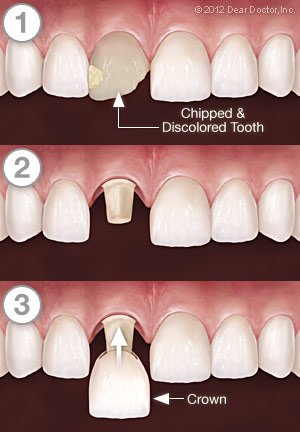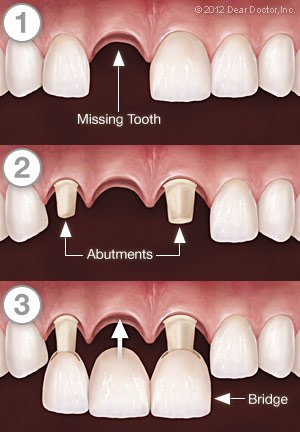Dental crowns are a perfect blend of art and science, and they’re an essential solution for restoring damaged or decayed teeth. A dental crown, also known as a “cap,” is a covering that fits over a tooth to strengthen it, improve its appearance, and restore its function. In some cases, crowns are also used as part of bridgework to replace a missing tooth entirely. Unlike a dental veneer, which only covers the front surface of a tooth, a crown completely encases a tooth above the gum line, providing full coverage when there’s significant damage or decay.
Crowns are a great way to reinforce damaged teeth, allowing them to function as they should again. Due to advances in dental materials like porcelain and ceramic, crowns can blend seamlessly with your natural teeth, making them practically indistinguishable. They can even enhance the appearance of a tooth, giving you a smile that looks and feels natural.



